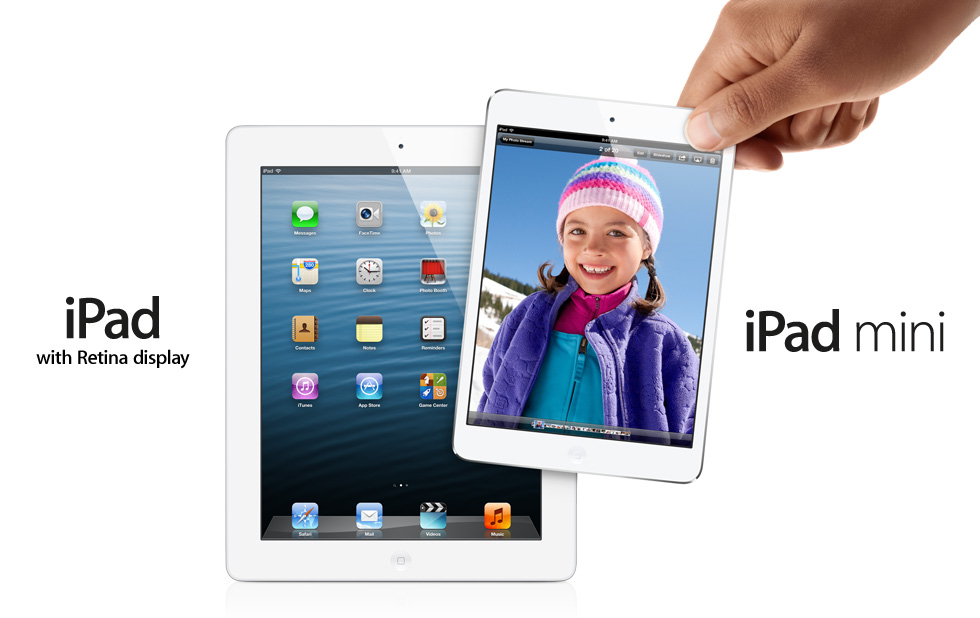However, it should be noted that the materials from which the 16 gigabyte Nexus 7 was created cost around $160, and the device sells for about $200, while Amazon on their Kindle Fire HD's does not earn anything, because they hope to earn enough through content that will sell through services that customers access via Kindle's. The bigger profit for Apple is achieved with the sale of products that have more integrated flash memory, which only slightly increases the cost of production, but the selling price of these devices are significantly higher - $100 or even $200. Therefore, the Apple iPad Mini 32 gigabyte model earns extra about $90, while 64 gigabyte model makes huge $162.
The manufacturers of some components were also revealed, so that means that components associated with touch screen come from LG Display and AU Optronics (it already might have be assumed, because it was known that Apple made orders for the LCD matrix from them). The screen, in which they used a new technology GF2 that allows decrease of thickness, is reportedly costing $80 or 43% of the total cost of all components.
The A5 processor is manufactured by Samsung; Apple however, escaped their components wherever they could, so they didn’t want to use Samsung's memory. Flash memory was produced by Hynix (16 gigabytes will cost $15.5), while working memory was produced by Elpida.
What do you think about the iPad Mini’s build of materials? Tell us in our Forum




